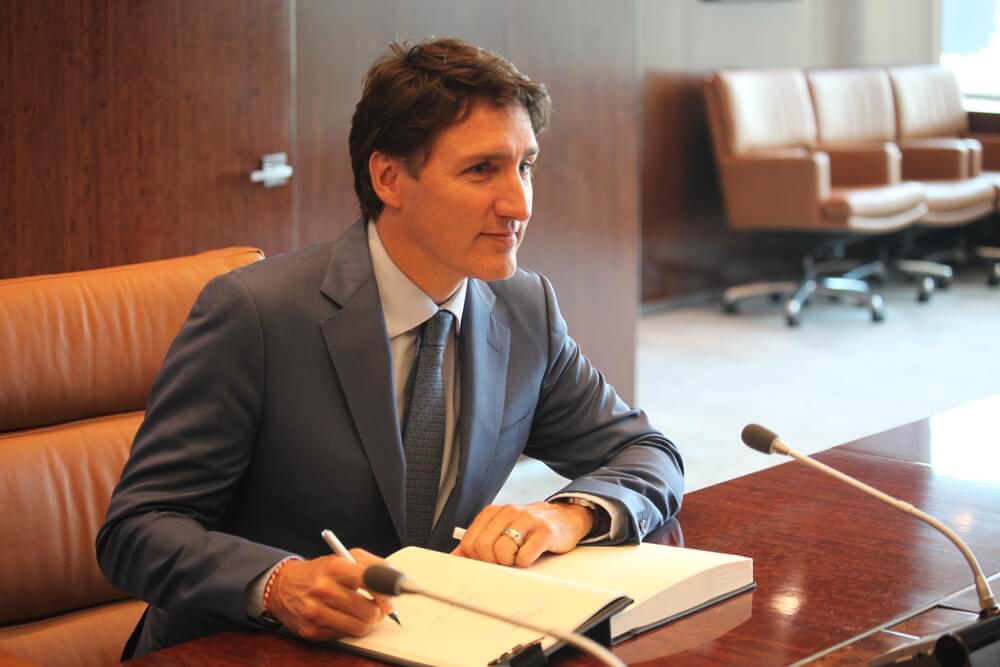One of the surprising aspects of the Trudeau government is that according to its earliest critics, the lightweight Prime Minister would prove to be all style and no substance. Nine years later, it turns out the reverse might be more accurate.
Like it or loathe it, the government has proved itself substantial on many fronts: reducing child poverty with a targeted benefit and extending affordable childcare across the country, introducing and successfully defending a world-leading approach to carbon pricing, hammering out a new funding agreement for health care, renewing the free trade agreement in the face of an erratic American presidency, and steering the country through a once in a century pandemic.
Yes, there have been failures, delays and missteps. Pharmacare and electoral reform are broken promises. The longstanding consensus on ambitious immigration quotas is straining against a deepening housing crisis. The carbon pricing pause is a genuine self-own.
What’s missing, however, is not principally a lack of policy ambition but a lack of cultural imagination — of the kind that pulls communities and people together.
Despite the promise of sunny ways, the government’s nine years have passed with few uplifting or unifying cultural touchstones.
Of course, no Prime Minister chooses their time, and Trudeau’s tenure has been marked by many calamities: from the pandemic to the slow-to-come recognition of unmarked graves at residential schools in many parts of the country, to harrowing wildfires that first burned Fort McMurray, then Lytton before blackening skies across the country this summer.
Whether by disinclination or in part because of these events, there have been few inventive, generous moments that have helped Canadians connect with one another and see themselves in a new and positive light.
After all, Canada is the country that in 1967 showed the world how transformative a major event like a Centennial can be. Yet, the government’s lackluster Canada150 celebrations passed without any lasting memory or impact.
Despite initially naming himself Youth Minister and establishing the Canada Service Corps to give young people a chance to explore the country and serve communities, at most just 5,000 people — in a country with more than 7 million 15-29-year-olds — participate in its programs each year.
Canada’s prized and internationally admired citizenship ceremonies have begun migrating online — as though a mouse-click ‘virtual attestation’ can replace the memories and goodwill that flow from the thousands of community events and oath-swearing ceremonies that take place each year.
Incredibly, for almost a decade major new sports centres and cultural venues have gone unbuilt. Even the Prime Minister’s residence, 24 Sussex, has been left to rot.
This stands in contrast to the cultural ambition of the Prime Minister’s father, Pierre Elliot Trudeau, who along with Prime Minister Lester B. Pearson before him, gave Canadians nothing less than a new anthem, flag and national honours system alongside dozens of new cultural programs and institutions.
It’s too easy to say this was simply the spirit of the times. But in a country as vast as Canada, we will always need to create both iconography and opportunities that supersede our geography so that we can share experiences that kindle pride, belonging and optimism.
One moment that did stir Canadian hearts came during the early days of the Syrian refugee response when more than 100,000 Canadians volunteered to help newcomers escape their war-torn country. At its height, Toronto Pearson reopened its infield terminal to help handle daily flights. The Prime Minister and other dignitaries — including opposition MPs — welcomed refugees as their children got fitted with snowsuits alongside the other necessities of life in Canada.
Here was a moment that brought a purposeful culture — in the form of mass volunteerism — and policy together, and which illustrates what’s possible when governments support the capabilities of publics to do big things.
This was also the lesson of the 25,000 volunteers who ultimately brought the 2010 Vancouver Olympics to life, and the lesson we recite each fall as four million Canadians lace up their sneakers to support the Terry Fox Foundation.
Purposeful and participatory, not passive and remote: this is the style of a high energy, popular politics that brings people together and provides an antidote to the belief that strangers can no longer find common ground or that good policies are all a country needs.
Photo courtesy of DepositPhotos



